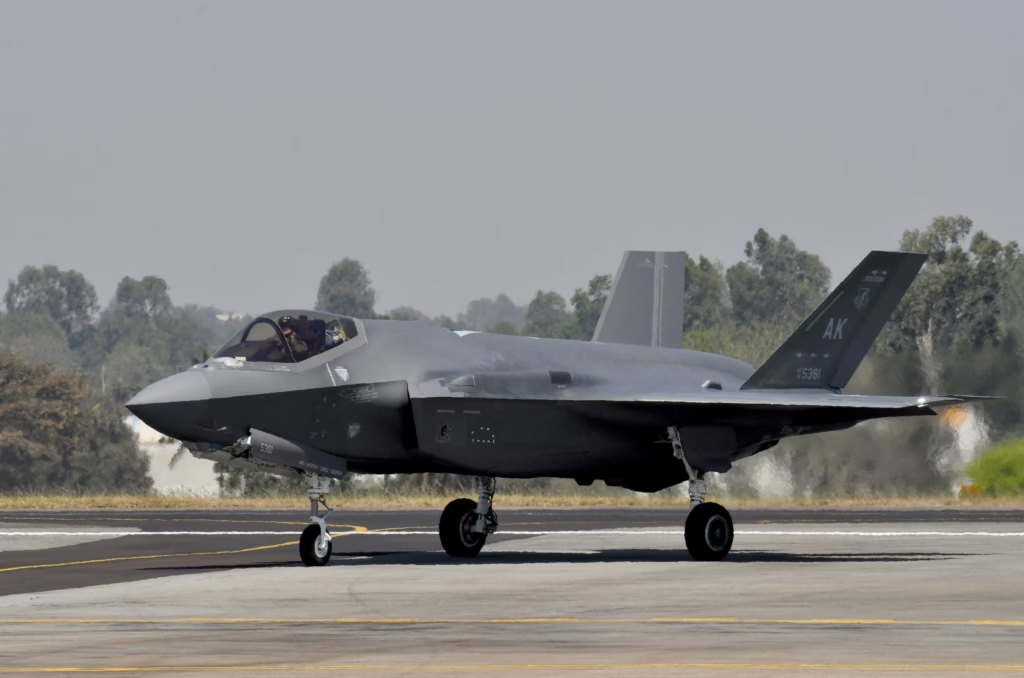India’s Stealth Ambitions: Could Customized F-35 Jets Propel the Indian Air Force into a New Era?

India’s quest to modernize its air force has gathered pace amid rising regional tensions and the need to counter growing threats from China and Pakistan.
India’s quest to modernize its air force has gathered pace amid rising regional tensions and the need to counter growing threats from China and Pakistan. In a potentially game-changing development, the United States has recently signalled its willingness to offer the Lockheed Martin F-35 Lightning II to India—a move that could significantly enhance the Indian Air Force’s stealth capabilities.
However, for India to truly maximize the benefits of this acquisition, the country could draw inspiration from Israel’s F-35I Adir program—a customized variant tailored to unique operational needs.
Israel’s success with the F-35I Adir is a blueprint for how a country can adapt foreign-built platforms while preserving operational independence. Unlike most F-35 operators, Israel negotiated significant concessions from the U.S., integrating indigenous electronic warfare systems, custom datalink networks, and autonomous maintenance facilities. These modifications have made the Adir one of the most advanced and versatile F-35 variants, demonstrated in combat missions across Syria, Lebanon, and Yemen.
For India, the opportunity to procure customized F-35s would align with its Atmanirbhar Bharat (self-reliant India) initiative, blending American stealth technology with homegrown defence systems. The roadmap for India could mirror Israel’s approach:
Indigenous Systems Integration: India could push to install DRDO-developed electronic warfare suites, Astra air-to-air missiles, and secure communication systems.
Software Autonomy: Negotiating partial access to the jet’s mission data files would allow India to tailor the aircraft to its unique threat environment without relying solely on U.S. updates.
Local Maintenance Infrastructure: Establishing MRO facilities with Hindustan Aeronautics Limited (HAL) would ensure operational readiness and reduce dependence on U.S. supply chains.
Strategic Procurement Model: India could pursue a government-to-government deal, similar to the Rafale purchase, to secure favourable pricing and faster delivery timelines.
Operational Isolation from Russian Systems: India might need to assign F-35 squadrons to regions away from Russian S-400 deployments to avoid interoperability concerns.
Balancing Indigenous Programs: A limited purchase of 36-50 F-35s could bridge the fighter squadron gap while allowing India to focus on developing the AMCA fifth-generation stealth jet.
While critics fear the F-35 deal could overshadow India’s indigenous fighter programs, a carefully negotiated agreement—modeled on Israel’s F-35I—could deliver immediate strategic advantages without compromising long-term self-reliance. The next few years will be critical in determining whether India seizes this opportunity to leap into the era of stealth air dominance or continues down the slower path of self-sufficient defence development.


